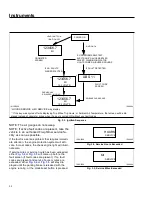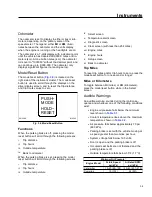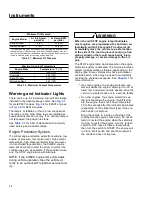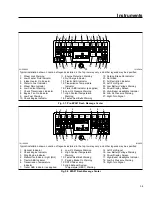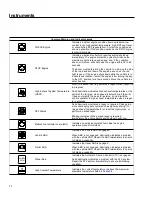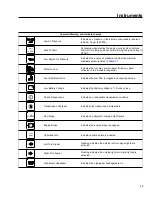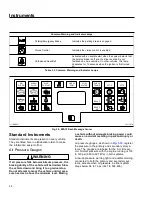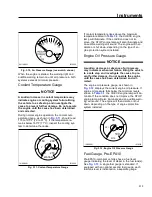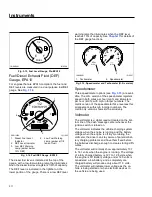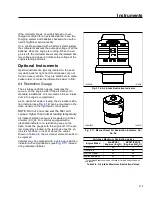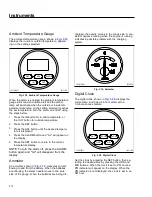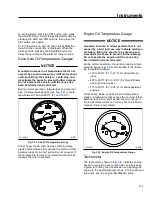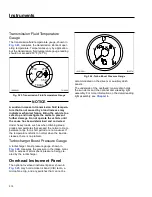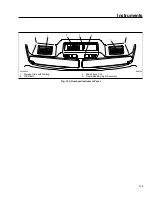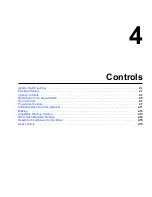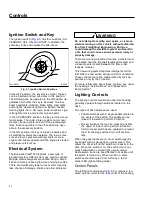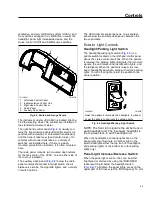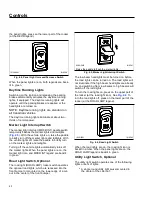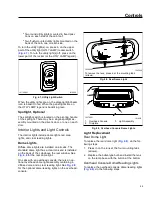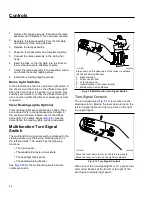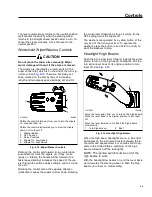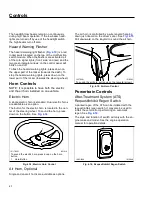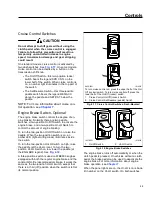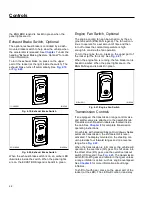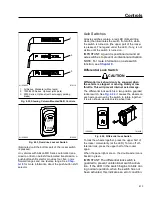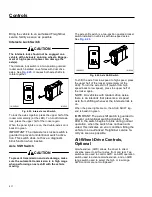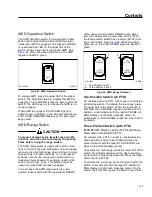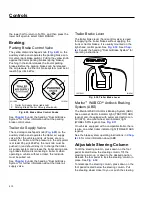
Transmission Fluid Temperature
Gauge
The transmission fluid temperature gauge, shown in
Fig. 3.23
, measures the transmission lubricant oper-
ating temperature. Temperatures vary by application,
but the transmission fluid temperature gauge reading
should not exceed 250°F (121°C).
NOTICE
A sudden increase in transmission fluid tempera-
ture that is not caused by a load increase may
indicate mechanical failure. Bring the vehicle to a
safe stop and investigate the cause to prevent
further damage. Do not operate the vehicle until
the cause has been determined and corrected.
Under heavy loads, such as when climbing steep
grades, temperatures that exceed the normal oil tem-
perature range for a short period are not unusual. If
the temperature returns to normal when the load de-
creases, there is no problem.
Turbocharger Boost Pressure Gauge
A turbocharger boost pressure gauge, shown in
Fig. 3.24
, measures the pressure in the intake mani-
fold, in excess of atmospheric pressure, being cre-
ated by the turbocharger.
Overhead Instrument Panel
The optional overhead instrument panel, shown in
Fig. 3.25
, may hold a citizen’s band (C/B) radio, a
microphone clip, and any switches that can not be
accommodated on the driver’s or auxiliary dash
panels.
The underside of the overhead console also holds
the sun visors and the optional dome/reading light
assembly. For more information on the dome/reading
light assembly, see
Chapter 4
.
10/30/2001
f610600
TRANS
125
350
F
275
200
Fig. 3.23, Transmission Fluid Temperature Gauge
10/10/2001
f610574
Fig. 3.24, Turbo Boost Pressure Gauge
Instruments
3.15



